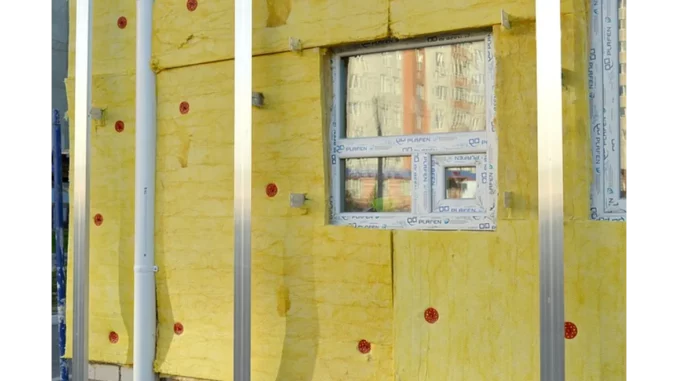
In a sunlit corner of a bustling café, I sat across from Alex, a seasoned energy consultant with over two decades of experience in the field. As steam curled up from our coffee cups, Alex dove into the intricacies of building energy efficiency, a subject that’s both complex and critically important in today’s sustainability-focused world. Our conversation centred around PSI values, a pivotal concept in identifying and addressing the ‘leaky’ spots in a building’s thermal insulation.
Successful low-energy building design hinges on careful planning. Focus360 Energy can help.
“People often think that just slapping on thick insulation or installing high-performance windows will solve all their energy efficiency issues,” Alex began, gesturing with the ease of someone who’s explained this a hundred times before. “But the reality is far more nuanced. The real culprits of energy loss are often those sneaky thermal bridges—essentially the weak links in your building’s thermal armour.”
Alex explained that these thermal bridges occur at the junctions where different building elements meet, like the corners, edges, and where walls and floors intersect. It’s these areas where heat can escape much more easily, leading to increased energy consumption and potentially causing discomfort and dampness within the building.
“Enter PSI values,” Alex said, with the enthusiasm of a teacher unveiling a key lesson. PSI, represented by the Greek letter ?, stands for linear thermal transmittance. It quantifies how easily heat flows through these linear elements. “In layperson’s terms,” Alex added, “the higher the PSI value, the worse the energy loss through that junction.”
Our discussion then shifted to the science behind calculating these values. I was intrigued to learn how complex this process is, far beyond just measuring insulation thickness. It requires a deep understanding of the thermal properties of various materials, the geometry of the junctions, and even the environmental conditions surrounding the building.
“Each material,” Alex noted, “has its unique thermal conductivity, which affects how heat passes through it. Lower conductivity means better insulation. But it’s not just about the materials—it’s also about the shape and configuration of the junctions.” A simple straight joint, for instance, would have a different PSI value from a complex corner with multiple intersecting materials.
I found it fascinating how environmental conditions play into these calculations. Factors like temperature differences, wind speed, and humidity can all influence heat transfer. To accurately assess PSI values, specialists use advanced software to simulate heat flow through these intricate junctions. This technology allows them to pinpoint areas of significant heat loss and recommend improvements.
Alex elaborated on the formula used to calculate PSI values: ? = Q / (?T x L). Here, ? represents the PSI value in watts per metre Kelvin (W/mK), Q is the heat flow rate through the junction, ?T is the temperature difference, and L is the length of the junction. “It’s all about precision,” Alex noted. “The calculations must consider every variable to ensure the most accurate results.”
As our conversation wound down, Alex highlighted the significant benefits of addressing PSI values for building owners and occupants. By identifying and mitigating these thermal bridges, one can achieve substantial energy savings, which not only reduces utility bills but also lessens the building’s carbon footprint. Additionally, improving a building’s thermal efficiency can enhance indoor comfort and prevent issues like mould and dampness, which thrive in poorly insulated environments.
In the end, the insights shared by Alex painted a comprehensive picture of PSI values as a critical tool in the quest for energy efficiency. It’s not just about numbers and calculations, but about understanding the unique energy dynamics of a building and taking informed steps to fortify it against unnecessary heat loss.
As we parted ways, I was left with a newfound appreciation for the intricacies of building science and the vital role PSI values play in creating more sustainable, comfortable, and efficient living and working spaces.
Find out more at Focus 360 Energy


Be the first to comment